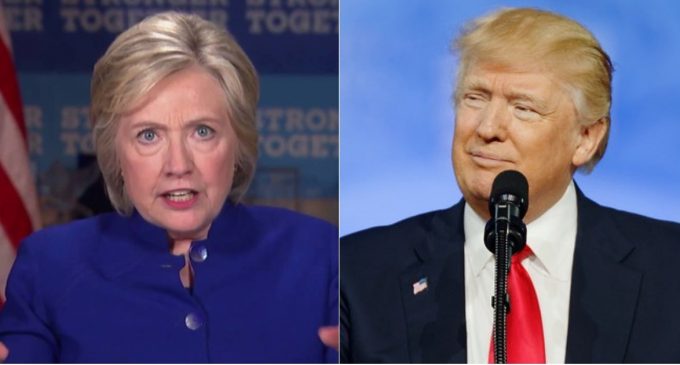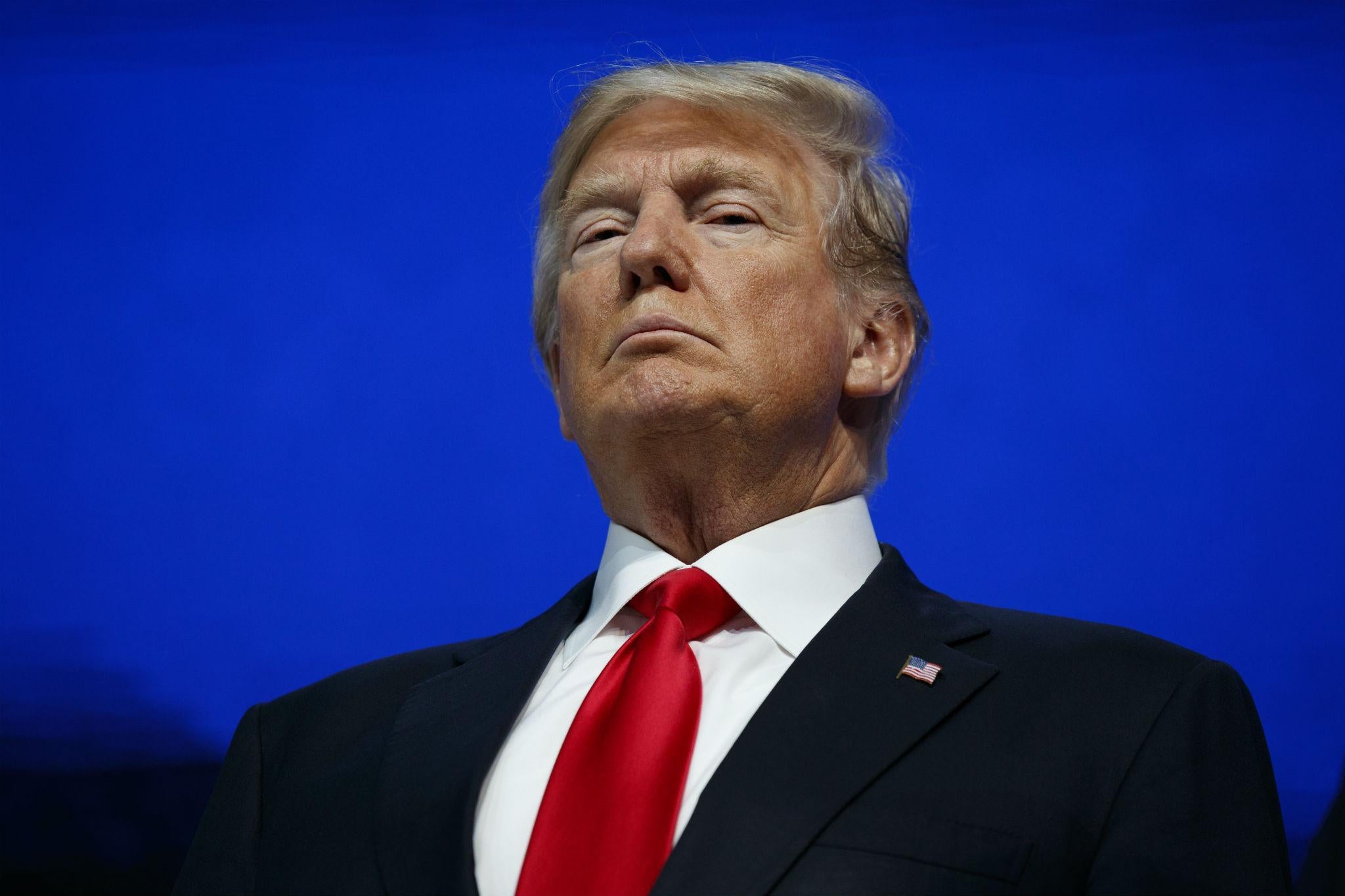

They allege that former Trump campaign chief Paul Manafort managed the plot to exploit political information on Hillary Clinton in return for information on Russian oligarchs outside Russia, and an agreement to “sideline” Ukraine as a campaign issue. Subsequent reports provide additional detail about the possible conspiracy, which includes information about cyberattacks against the U.S. The first two-and-a-half page report was dated June 20, 2016, and entitled “Company Intelligence Report 2016/080.” It starts with several summary bullets and continues with additional detail attributed to sources A through E and G (there may be a source F but part of the report is blacked out). The report makes a number of explosive claims, all of which at the time of the report were unknown to the public. Let me illustrate what the reports contain by unpacking the first and most notorious of the 17 Orbis reports, and then move to some of the other ones. presidential candidate Donald Trump.” Thus, the reports are not an attempt to connect the dots, but instead an effort to uncover new and potentially relevant dots in the first place.
#Trump russian dossier oil company series
Steele’s product is not a report delivered with a bow at the end of an investigation. Instead, it is a series of contemporaneous raw reports that do not have the benefit of hindsight. Among the unnamed sources are “a senior Russian foreign ministry official,” “a former top-level intelligence officer still active inside the Kremlin,” and “a close associate of Republican U.S. And this form of reporting is often a critical product in putting together more final intelligence assessments.
#Trump russian dossier oil company professional
When disseminating a raw intelligence report, an intelligence agency is not vouching for the accuracy of the information provided by the report’s sources and/or subsources. Rather it is claiming that it has made strenuous efforts to validate that it is reporting accurately what the sources/subsources claim has happened. The onus for sorting out the veracity and for putting the reporting in context against other reporting-which may confirm or disconfirm the reporting-rests with the intelligence community’s professional analytic cadre. In the case of the dossier, Orbis was not saying that everything that it reported was accurate, but that it had made a good-faith effort to pass along faithfully what its identified insiders said was accurate. This is routine in the intelligence business. I spent almost 30 years producing what CIA calls “raw reporting” from human agents. At heart, this is what Orbis did. They were not producing finished analysis, but were passing on to a client distilled reporting that they had obtained in response to specific questions. So how should we unpack the Steele dossier from an intelligence perspective? In fact, they were more inclined for professional reasons to put them in the “trust but verify ” category. He and others withheld judgment about the veracity of the reports, but for the reasons I outline further below they did not reject them out of hand. This is not because they are not fond of Trump (and many admittedly are not) but because they understand the potential plausibility of the reports’ overall narrative based on their experienced understanding of both Russian methods and the nature of raw intelligence reporting. Immediately following the BuzzFeed leak, one of my closest former CIA colleagues told me that he recognized the reports as the obvious product of a former British Secret Intelligence Service officer, since the format, structure, and language mirrored what he had seen over a career of reading SIS reports provided to CIA in liaison channels.

Many of my former CIA colleagues have taken the Orbis reports seriously since they were first published. For professional investigators, however, the dossier is by no means a useless document. Although the reports were produced episodically-almost erratically-over a five-month period, they present a coherent narrative of collusion between the Kremlin and the Trump campaign. As a result, they offer an overarching framework for what might have happened based on information from individuals on the Russian side who claimed to have insight into Moscow’s goals and operational tactics. Until we have another more credible narrative, we should do all we can to examine closely and confirm or dispute the reports.


 0 kommentar(er)
0 kommentar(er)
